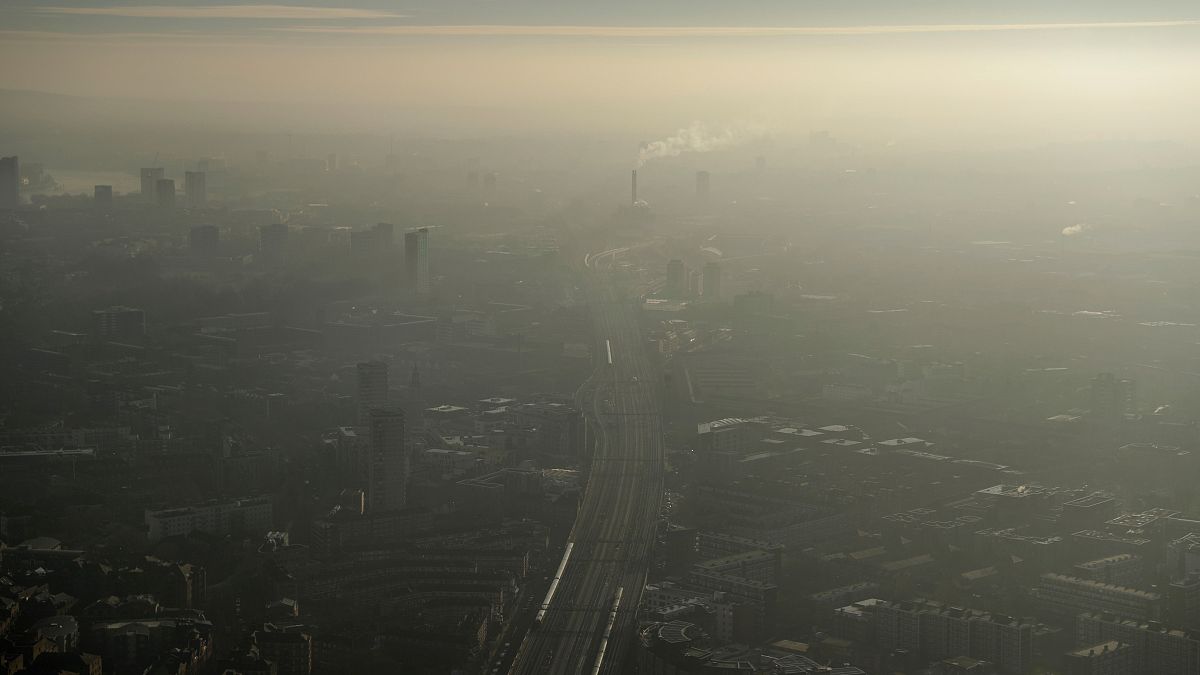Schools in the UK are receiving free kits to monitor pollution levels, in a drive to clean up the air around schools.
Schools in the UK are receiving free kits to monitor air pollution levels, in a drive to clean up the air around schools.
Last year research commissioned by charities Asthma UK and the British Lung Foundation found more than a quarter of all British schools and colleges were located in areas with dangerously high levels of air pollution.
Then, later in 2020, a coroner ruled - for the first time - that a child at a London school had died partly due to air pollution.
Ella Kissi-Debrah, nine, died in 2013 from an asthma attack, and the coroner said in December 2020 traffic fumes contributed to her death. She had gone to the hospital 27 times with breathing problems over the previous three years.
Across Europe there are growing calls for improving air quality, with research, published in The Lancet journal in January, showing tens of thousands of Europeans are dying from air pollution each year.
Monitoring air quality in UK schools
In an attempt to spark improvements in air quality in UK schools, a company that sells air pollution monitors is giving their kits to schools that apply as part of their #LetSchoolsBreathe campaign.
Airly was expecting around 50 applications, but more than 100 schools have applied for the free kit, with more applications still incoming.
“The response was good,” says Marcin Gnat from Airly.
“One of the great things about the school communities in the UK is there’s a lot of parents, groups, and schools that are talking about how to improve air quality,” he told Euronews.
The kits are currently being installed or have only been up for a short period of time, so there isn’t yet data to act on.
But crucially once the data has been gathered during the six-month trial period, the schools will be given reports on the air quality.
“We promised each school that applied that they will receive bespoke analysis on the air quality in their area. They don’t only get the sensor, they will receive a report on air quality, to learn what’s wrong with it, and what steps to take to improve the situation,” Gnat says.
“The school community, the teachers, but also parents, can take the reports, give them to the local council, show the report and say ‘here’s the data, can we do something to improve the air around the school’.”
While the nationwide campaign is yet to bear fruit, Airly has already done an analysis on air quality around schools in the Central Bedfordshire area of England.
Installing 25 of its sensors near schools, it found traffic congestion was the main source of air pollution.
It also recorded a significant decrease in air pollution after the coronavirus lockdown came into place last year.
The monitors saw a big drop in NO2 levels (an air pollutant produced by fossil fuel combustion) during the lockdown, followed by an excess of normal levels once schools reopened.
Airly says the best way to combat this type of pollution is to create bicycle and pedestrian routes as well as to increase the area of green spaces.
Following its analysis, the company says Central Bedfordshire council has planned initiatives to improve air quality, such as using diversions when pollution levels are high and starting educational projects with local schools.
